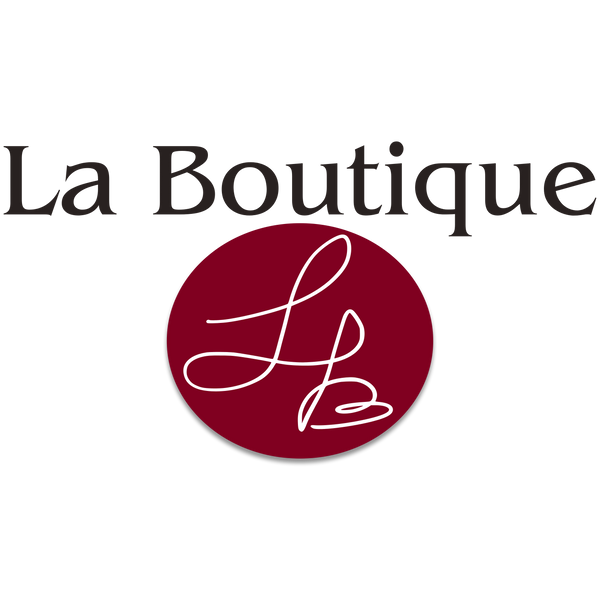Especially during the cold winter months, burning a few candles in your home can cultivate a soothing and calming atmosphere.
Whether you’re having a romantic dinner, a dreamy movie night, or a slow Sunday morning, no matter the occasion, burning a candle makes everything better, right?
However, many candles out there aren’t actually good for you and contain a variety of toxins and chemicals that are hazardous to your health.
Moreover, there is no consumer warning of these potential health effects on the label of those candles.
That’s why in this blog post, we will dive deep into why it’s important to carefully pick your candles, how to make sure your candle is sustainable and non-toxic, and some healthy candle brands that we recommend.
So, if you’re a candle lover, and want to find out everything you need to know about non-toxic candles, then definitely continue reading.
1. Why non-toxic and sustainable candles are important?
You might have experienced that sometimes your head hurts or you get a bit nauseous when burning a candle for a long time.
Ever wondered why you think that is?
Most candles are made from paraffin wax, which is a colorless solid derived from petroleum. Since paraffin wax is extremely affordable, easy to cultivate, and ideal for making candles with strong fragrances, it’s the go-to choice for many candle manufacturers.
Even though these candles might be the cheapest, paraffin wax emits no less than 11 known toxins, such as toluene, benzene, and formaldehyde. In other words, when burning these kinds of candles, you’re bringing pollution into your home and breathing carcinogens into your lungs. Especially for people that have respiratory diseases like asthma, this might be particularly unsafe.
Moreover, manufacturing these candles also has a significant negative impact on the environment.
Fortunately, there are many other wax possibilities out there that are harmless for your health and better for the planet as well. Also, these natural candles tend to burn less quickly, so you can enjoy your candle for a longer period of time.
2. What to look for in candles that are non-toxic and good for you?
1. The Wax
When looking for a healthy candle, the first thing to consider is the type of wax that is used. As a general rule, it’s always better to opt for candles with organic waxes.
A few examples are:
- Rapeseed wax: Rapeseed wax isn’t only 100% plant-based and bio-degradable, but is also a lot more sustainable than Soy wax.
- Coconut wax: Coconut wax is also a great option. It has a very clean burn, is long-lasting, and is used commonly for strongly scented candles. Coconut wax also blends very well with other natural, harder waxes.
- Soy wax: Soy candles are made from vegetable wax and burn much slower and last about 50% longer than paraffin candles, which justifies the higher price point. The only downside of soy wax is that it is less sustainable than other waxes since it’s linked with deforestation.
- Beeswax: From all of the above options, beeswax candles are the healthiest option. They are made from the caps of bee honeycombs and give an enjoyable and natural fragrance. Also, they burn 3 times slower than paraffin candles but tend to be on the more expensive side.
- Brassica wax is a cruelty-free and biodegradable wax that is proven to be harmless to humans and pets, it is produced in Europe and is completely sustainable (no deforestation issues).
Important here is to double-check the labels and make sure the candles are 100% organic wax. Companies sometimes create blends between organic waxes and paraffin wax to lower manufacturing prices.
Also, make sure no artificial dyes are used to give the candles a fun color.
2. The Fragrance
You probably have seen those candles with special scents such as Pumpkin Spice or Strawberry Daiquiri. But have you ever wondered what kind of chemicals are used to create these kinds of complex aromas?
Play safe and avoid artificial fragrances, and take candles with natural scents from 100% essential oils instead, that are derived from raw botanical sources. If there are any synthetic ingredients inside the candle, they should be certified as non-toxic.
3. The Wick
Next… are the wicks! Make sure the wick of the candle is natural and lead and metal-free, such as cotton, wood, or hemp wicks. Some wicks have a tiny, metal wire inside, which is hazardous for the health since it releases heavy metals into the air.
4. Environmentally friendly
Apart from the organic waxes, natural wicks, and fragrances, ideally, the container and packaging of the candle should be recyclable or reusable, so it doesn’t create waste.
3. Some of our recommendations
Fortunately, there definitely exist natural candles that are safe to use.
To make our recommendations for these following candles, we looked for candle brands that use plant-based waxes, as well as natural fragrance sources and wicks, and are transparent about their production process:
Taart & Bloem

- Wooden wick
- Soy wax blend: soy and raps seed wax
- Locally produced and handmade
- Vegan product with high end fragrance oils
Candle Salon

- Made of locally produced Brassica wax
- Hand-poured in Amsterdam
- Free of additives, preservatives, petroleum, and phthalates.
- Eco-friendly glass jars
Bloomsburry Candles

- Soy Wax Blend
- High Quality Fragrance Oil
- Cotton wick
- Natural wax color
Cinque Sensi

- Made in Europe with certified soy wax
- Free of allergens
- Products do not contain parabens, silicones, petrolatum, SLS, SLES or PEG.
- Recycled materials in our packaging and glass containers

